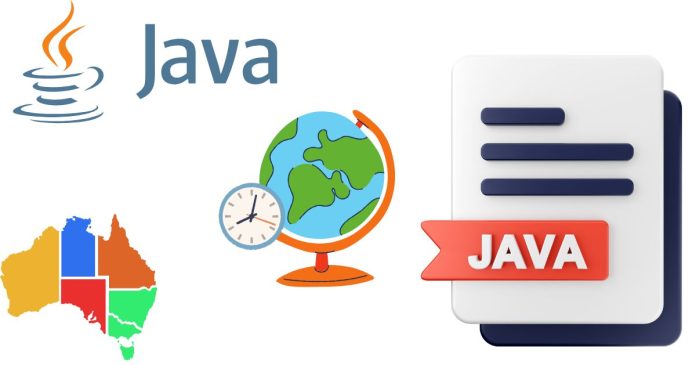To remove the Java 8 JDK from a Mac, follow these steps:
1. Locate the Java 8 JDK Installation
Java JDKs are typically installed in /Library/Java/JavaVirtualMachines/. To confirm the installation location:
- Open Terminal.
- Run the following command to list the Java installations:
/usr/libexec/java_home -VThis will display all installed JDKs, including their versions and installation paths. For Java 8, you’ll likely see something like:
1.8.0_281 (x86_64) /Library/Java/JavaVirtualMachines/jdk1.8.0_281.jdk
2. Remove the Java 8 JDK
To remove Java 8, you’ll delete the corresponding folder from /Library/Java/JavaVirtualMachines/.
- In Terminal, run the following command to remove the Java 8 JDK (replace
jdk1.8.0_281.jdkwith the correct folder name from the previous step):sudo rm -rf /Library/Java/JavaVirtualMachines/jdk1.8.0_281.jdk - You will be prompted to enter your password for the
sudocommand.
3. Verify the Removal
To ensure that Java 8 has been removed, run:
/usr/libexec/java_home -V
Java 8 should no longer appear in the list of installed JDKs.
You can also check the version of Java still available by running:
java -version
This will show the default version of Java if it’s set.
4. Clean Up Environment Variables (if necessary)
If you had set any environment variables for Java 8 in your shell configuration file (e.g., .bash_profile, .zshrc), you should remove them to avoid potential issues.
- Open the appropriate shell configuration file for editing:
- For bash:
nano ~/.bash_profile - For zsh (default on newer macOS versions):
nano ~/.zshrc
- For bash:
- Look for lines that set the
JAVA_HOMEor reference Java 8 and remove them. For example:export JAVA_HOME="/Library/Java/JavaVirtualMachines/jdk1.8.0_281.jdk/Contents/Home" - After editing, save the file and reload your shell configuration:
- For bash:
source ~/.bash_profile - For zsh:
source ~/.zshrc
- For bash:
5. Optional: Set the Default Java Version
If you still have other versions of Java installed and want to set one as the default, you can use the java_home command. For example, to set Java 11 as the default:
export JAVA_HOME=$(/usr/libexec/java_home -v 11)
You can add this line to your .bash_profile or .zshrc to persist the setting.
- Locate Java 8 JDK using
/usr/libexec/java_home -V. - Remove the Java 8 folder from
/Library/Java/JavaVirtualMachines/. - Clean up environment variables if needed.
- Verify the removal by running
/usr/libexec/java_home -Vandjava -version.


